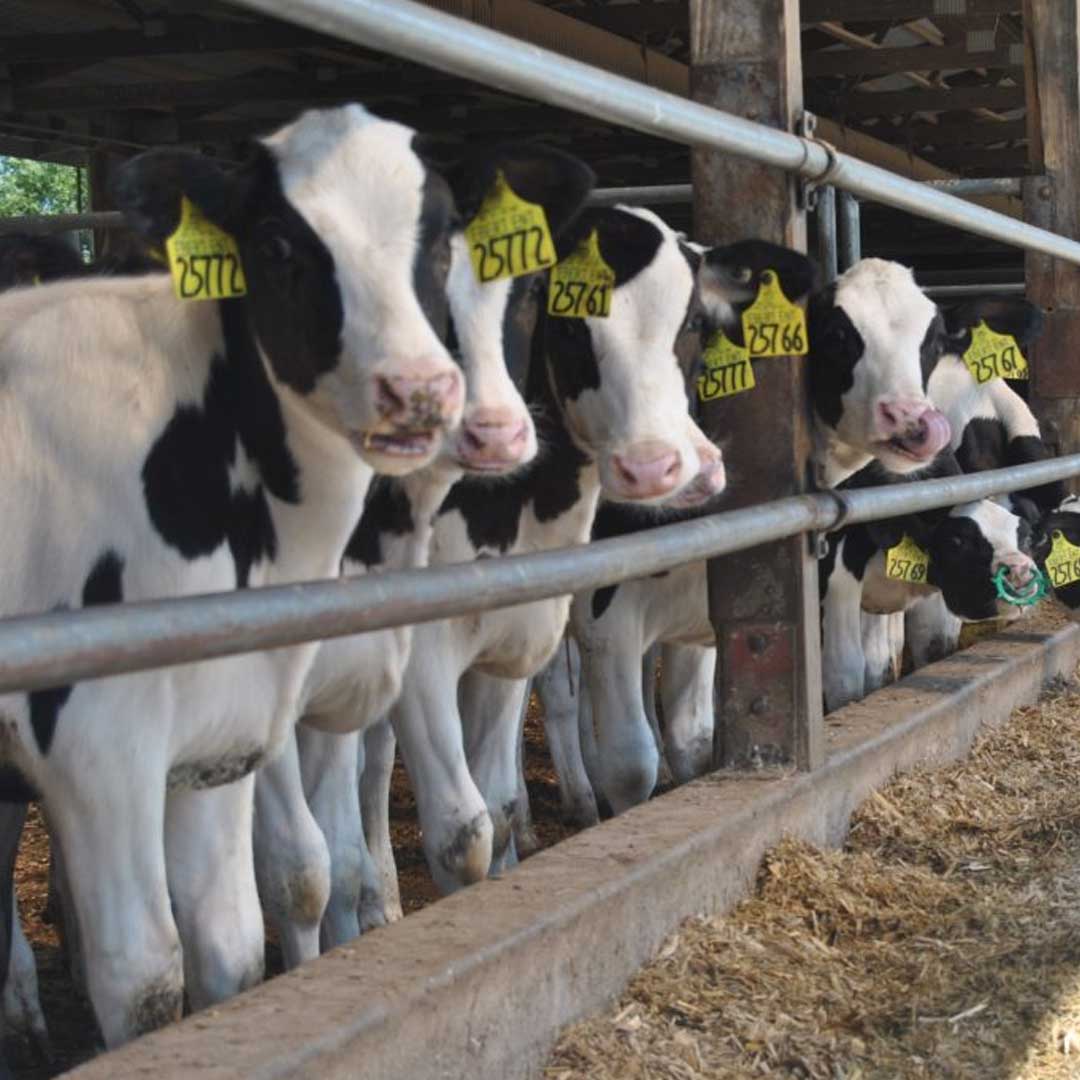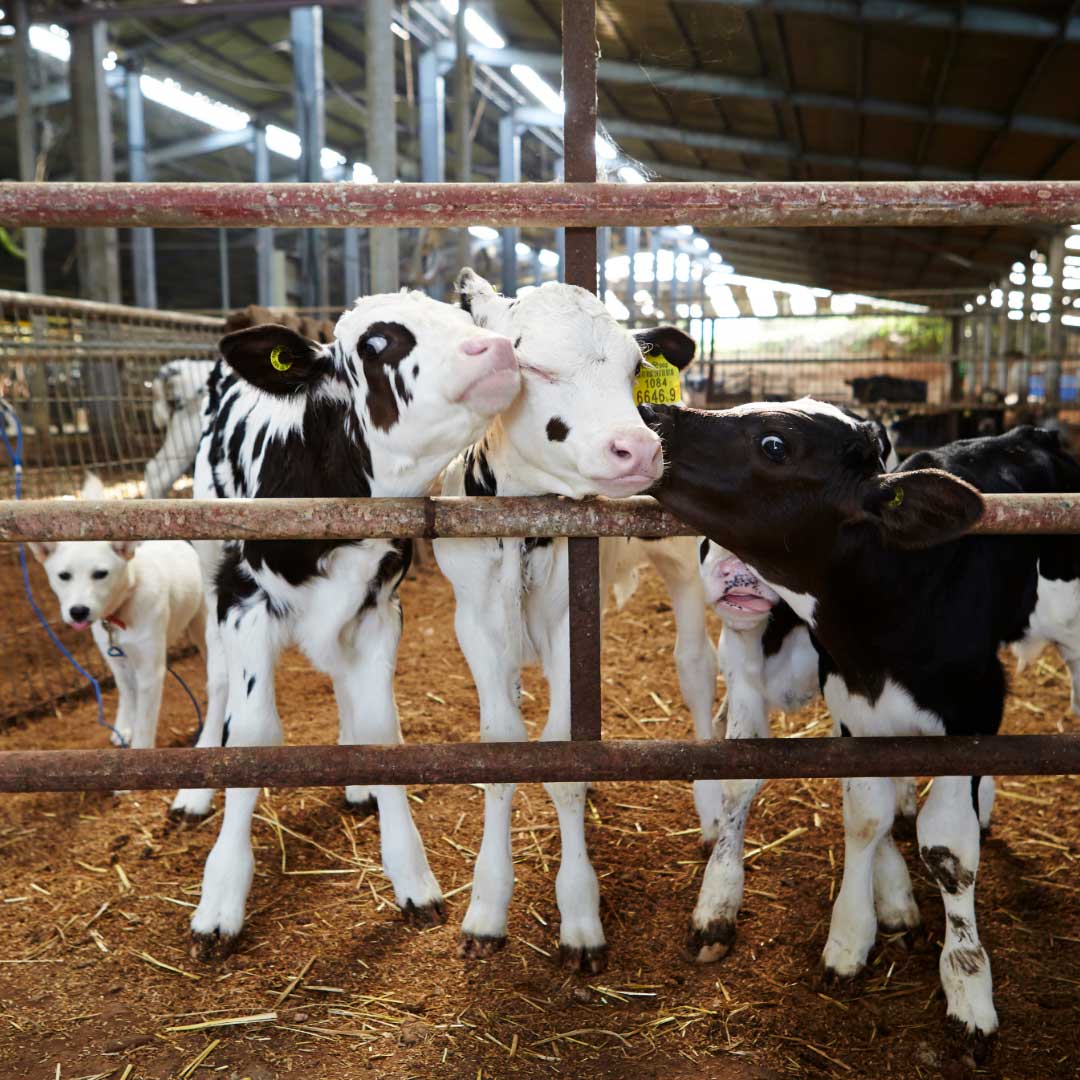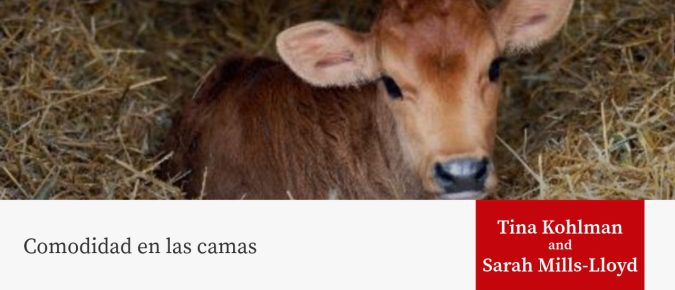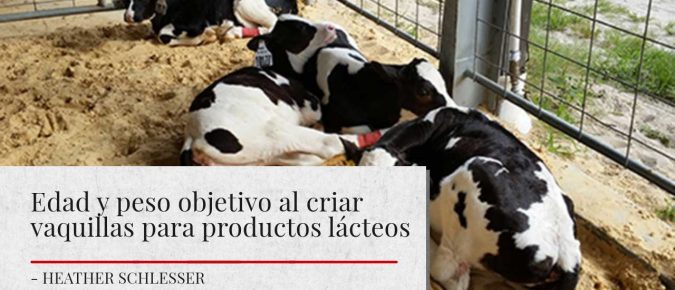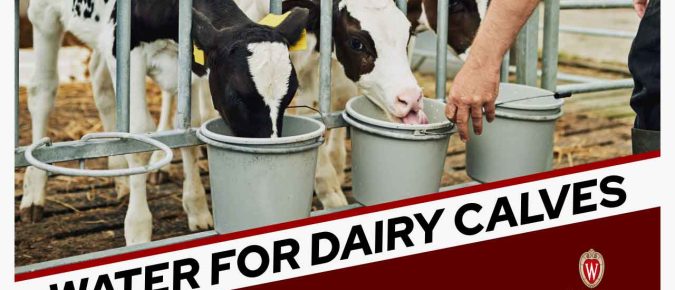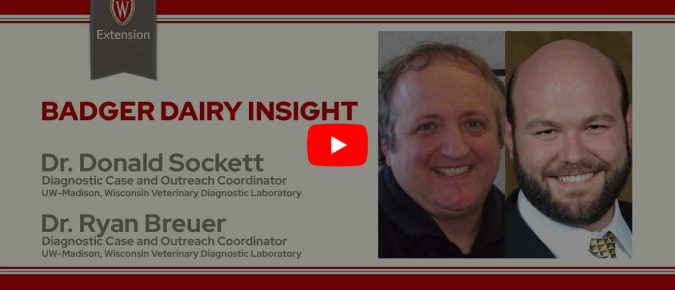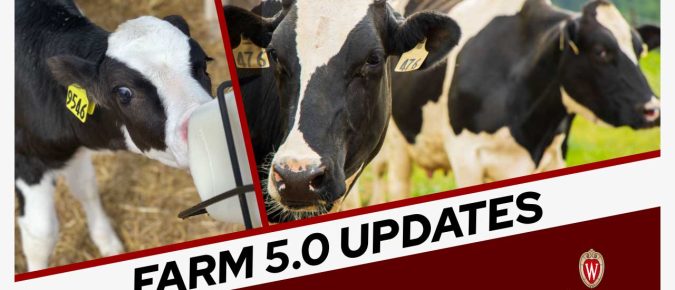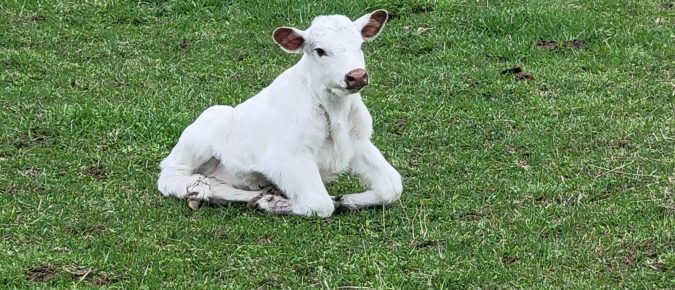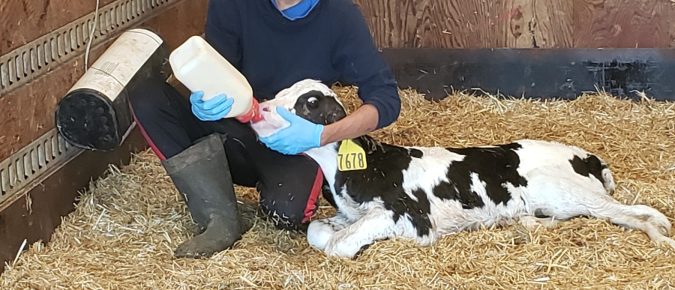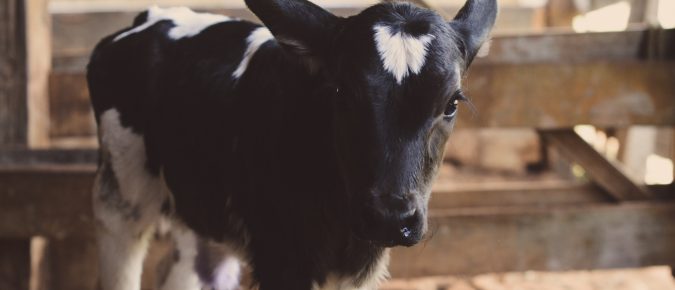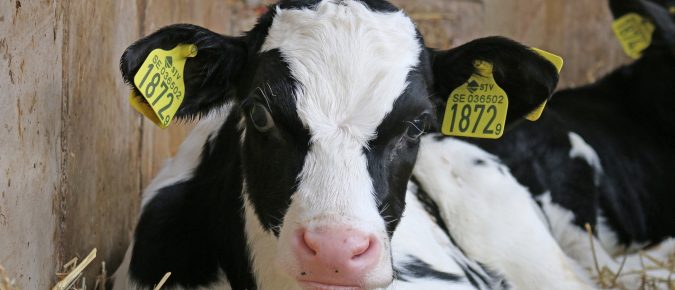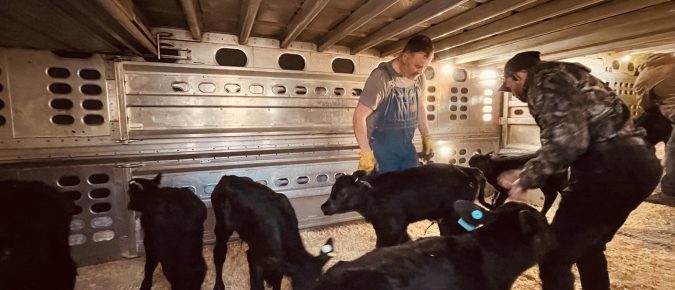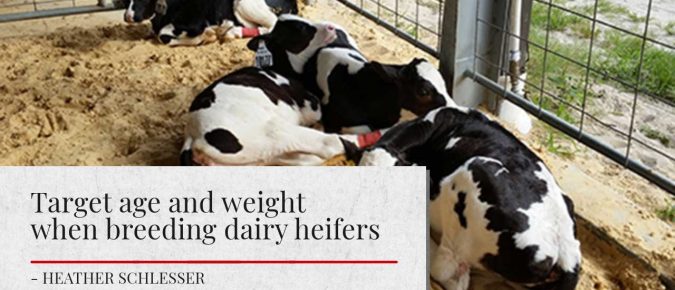En esta charla discutiremos cómo la implementación de programas intensivos de alimentación a terneras de reposición durante las primeras semanas de vida mejora su crecimiento, de qué forma afecta su desarrollo ruminal y su potencial productivo futuro.
Proporcionar un ambiente excelente es clave para criar terneros con éxito. En el alojamiento de los terneros, el ambiente incluye el espacio que el ternero usa para descansar, las áreas de alimentación y las superficies por donde camina.
La cría de vaquillas es una de las áreas más costosas de la granja. Desde el día en que estos animales tocan el suelo hasta que paren, son una carga monetaria para la granja. Por lo tanto, hacer que estos animales parieran de la manera más eficiente posible tiene sentido.
The importance of the water and how by providing warm water for calves, especially in colder weather, can benefit rumen development, increase starter intake, and weight gain, and growth performance.
Dairy producers should consider feeding a smaller volume of colostrum to newborn calves. Delivering the correct mass of immunoglobulin in a smaller volume ensures the successful transfer of passive immunity (TPI) is preferable to current colostrum feeding guidelines.
The Farmers Assuring Responsible Management (FARM) Animal Care program helps American dairy farms demonstrate their dedication to providing high quality animal care.
Green is my favorite color. Green tree buds, lawns, and pastures signal that winter is finally over. It’s very tempting to turn young stock out onto newly green pasture. We are tired of indoor feeding and cleaning, and we have fieldwork and other chores to attend to. However, tempting as it is to open the pasture gate, first remember these worm management steps.
Bovine colostrum is the production of “first milk” from the mammary gland in the 24 hours after calving and it is the first source of nutrients for the calf. All female mammals produce it, and, in all species, it is of great importance, since it provides key antibodies, or immunoglobulins, to jump-start the immune system and determine whether the offspring survive or not.
The stomach of ruminants is made up of four compartments: the rumen, reticulum, omasum, and abomasum. Each compartment has a very specific characteristic and function to help the digestion and absorption of essential nutrients to the animal.
The importance of colostrum is no secret to dairy and livestock producers. Unlike many other species, the placenta of cattle prevents the transfer of antibodies from the dam to the calf in the uterus. Instead, calves must rely on colostrum, the cow’s first milk, to pass antibodies from dam to calf.
This article was originally published in the Wisconsin Agriculturist. In Wisconsin, it has become more common for pre-weaned dairy heifers and bulls to leave the farm before one week of age. Calves of this age can be transported easily, but first, they need to be ready for the trip as they have a reduced capacity […]
Raising heifers is one of the most cost-intensive areas of the farm. From the day these animals hit the ground until they calve, they are a monetary burden on the farm. Therefore, getting these animals to calving as efficiently as possible makes sense.

